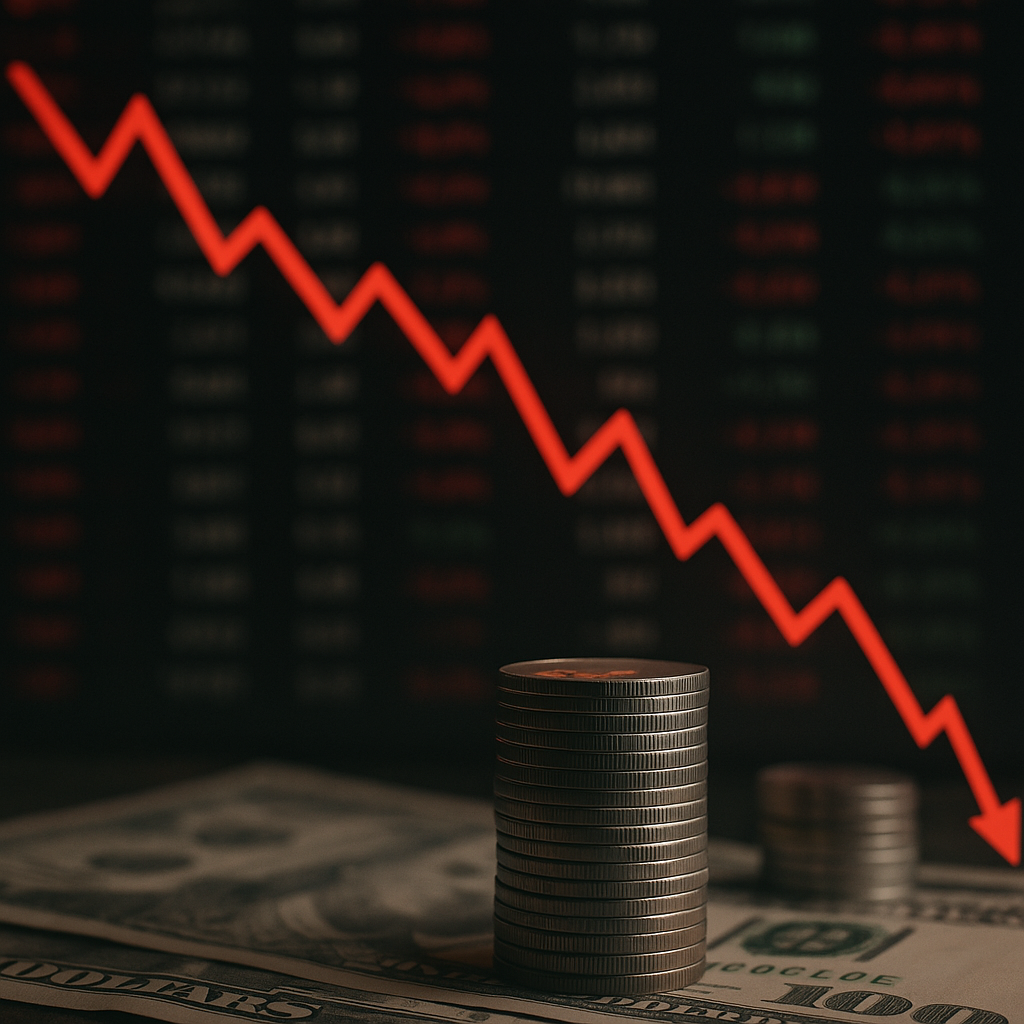A new wave of portfolio rotation appears to be underway. According to a recent market survey reported by The Australian, financial advisers and institutional allocators are reducing exposure to overvalued U.S. large-cap equities and redirecting capital toward small-caps, international equities, and alternative assets such as infrastructure and private credit. The shift underscores growing unease over stretched valuations in mega-cap stocks and the hunt for diversification amid changing rate dynamics.
Why This Matters for Investors
For over a decade, U.S. large-cap technology and growth names have dominated global portfolios. Now, the tide may be turning. The CFA Institute’s 2025 Adviser Sentiment Index notes that more than 60% of surveyed advisers expect small- and mid-cap equities to outperform over the next 12 months, driven by valuation differentials and improving earnings leverage. Meanwhile, 48% of advisers plan to increase allocations to private-credit and infrastructure funds, citing stable income streams and inflation resilience.
This growing rotation reflects both tactical caution and strategic repositioning. As Goldman Sachs recently highlighted, U.S. large-cap valuations trade near a 25x forward earnings multiple — their highest since 2021 — while small-cap indexes such as the Russell 2000 sit closer to 14x, suggesting a meaningful valuation gap. Institutional flows are beginning to mirror these dynamics, with data from Morningstar showing net inflows into global small-cap and international equity funds in Q4 2025.
Core Analysis: Drivers Behind the Shift
1. Valuation Fatigue in Mega-Cap Tech
The market’s narrow leadership, led by AI-driven mega-caps, has sparked growing concern among portfolio strategists. Bloomberg Intelligence reports that five companies now account for nearly 28% of the S&P 500’s total market capitalization — a concentration level reminiscent of prior peaks. As interest rates remain elevated, investors are questioning whether the premium valuations of these firms can be sustained without stronger earnings delivery.
2. The Rise of Private Markets and Alternatives
Advisers are increasingly turning to private credit, infrastructure, and real assets to capture yields uncorrelated with equity market cycles. According to Preqin’s 2025 Alternatives Outlook, assets under management in private credit are projected to surpass $2.3 trillion by 2026, growing at a 12% CAGR. These vehicles offer defensive characteristics and are becoming more accessible through tokenized and semi-liquid fund structures.
3. Small-Caps as a Contrarian Bet
Historically, small-cap stocks have tended to outperform in late-cycle or early recovery phases, as inflation cools and credit conditions normalize. The Russell 2000 Index — which has lagged large-caps for much of 2024–2025 — is now viewed as a potential re-rating candidate. Morgan Stanley’s U.S. Strategy Team recently emphasized that small-cap earnings are poised for double-digit growth as financing costs stabilize and domestic demand improves.
Future Trends to Watch
- Rebalancing Toward Value and Global Diversification: Expect broader participation across markets, with investors rotating into undervalued non-U.S. equities and emerging-market opportunities.
- Institutionalization of Private Credit: Pension funds and sovereign wealth vehicles continue to increase allocations to direct lending and infrastructure debt.
- Monetary Policy Transition: As the Fed edges closer to rate normalization, small-cap and cyclical sectors could gain momentum.
- Portfolio Construction Evolution: Digital platforms and fractional investing tools will accelerate retail access to institutional-grade alternative investments.
Key Investment Insight
Institutional sentiment is shifting — and retail investors have an opportunity to get ahead of the curve. With mega-cap valuations stretched and yield opportunities emerging elsewhere, diversifying beyond traditional benchmarks may deliver more balanced risk-adjusted returns.
Investors should:
- Reassess concentration in U.S. large-cap holdings. Consider trimming overexposed positions, especially in highly correlated tech names.
- Explore small-cap and global equities for undervalued growth potential.
- Integrate alternative assets like private credit, infrastructure, or real-asset ETFs for income stability and inflation protection.
- Focus on fundamentals, not hype. Follow earnings visibility, cash flow strength, and governance when identifying smaller or private-market exposures.
As global markets transition into a more diversified and multi-speed cycle, investor flexibility will be key. For daily insights on institutional allocation trends, small-cap opportunities, and evolving investment frameworks, stay connected with MoneyNews.Today — your trusted source for investor intelligence.





